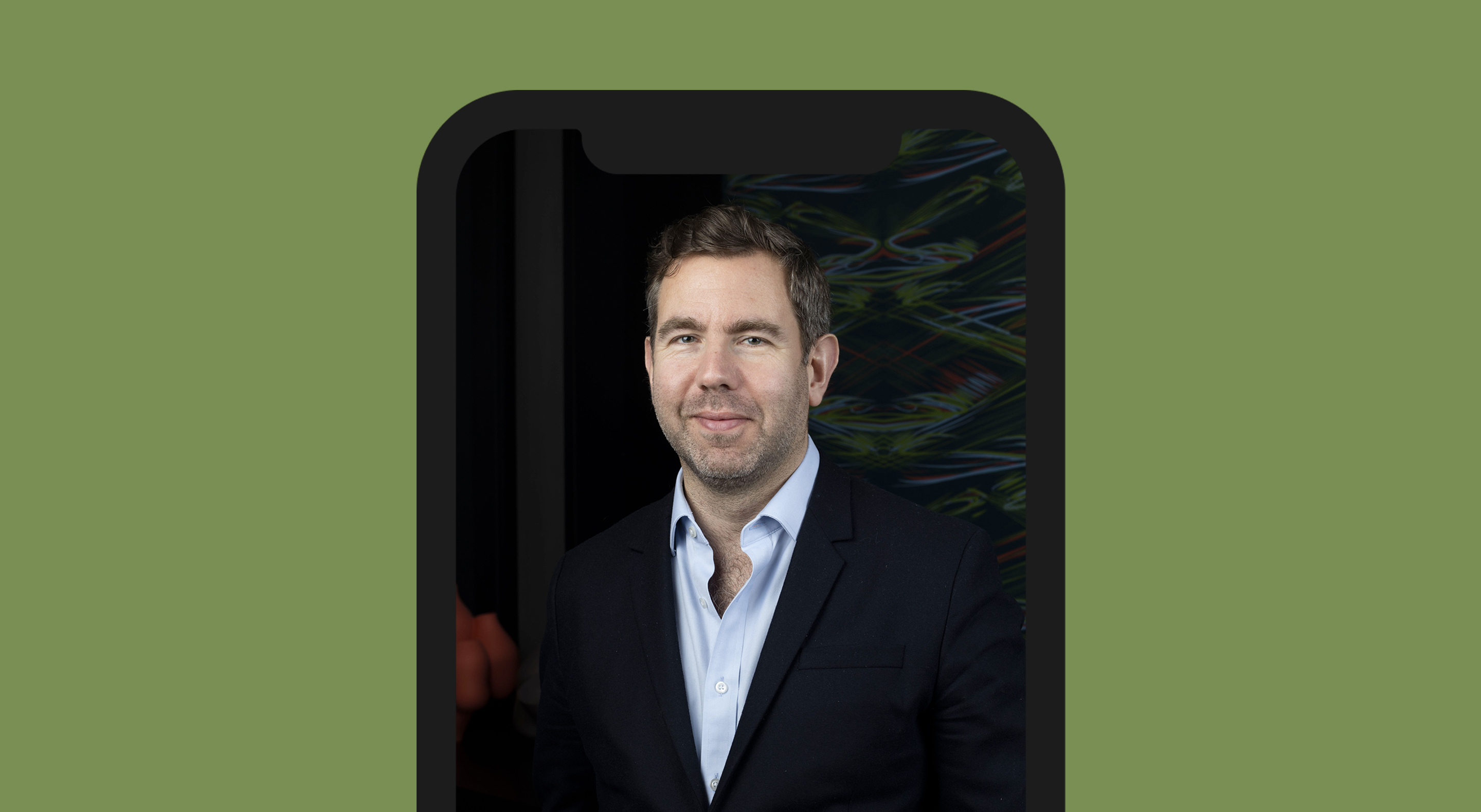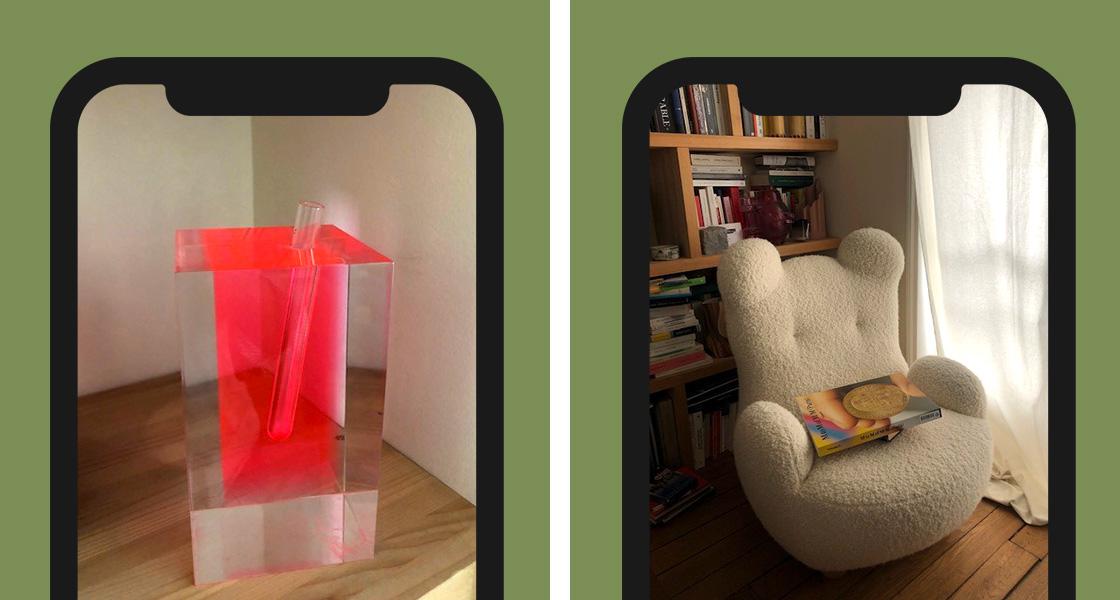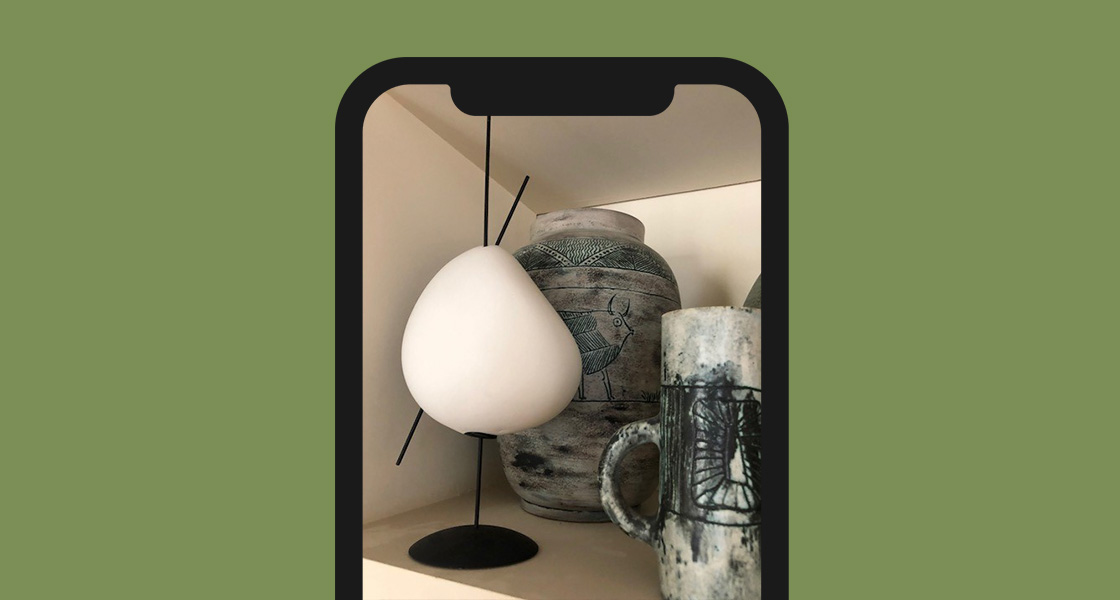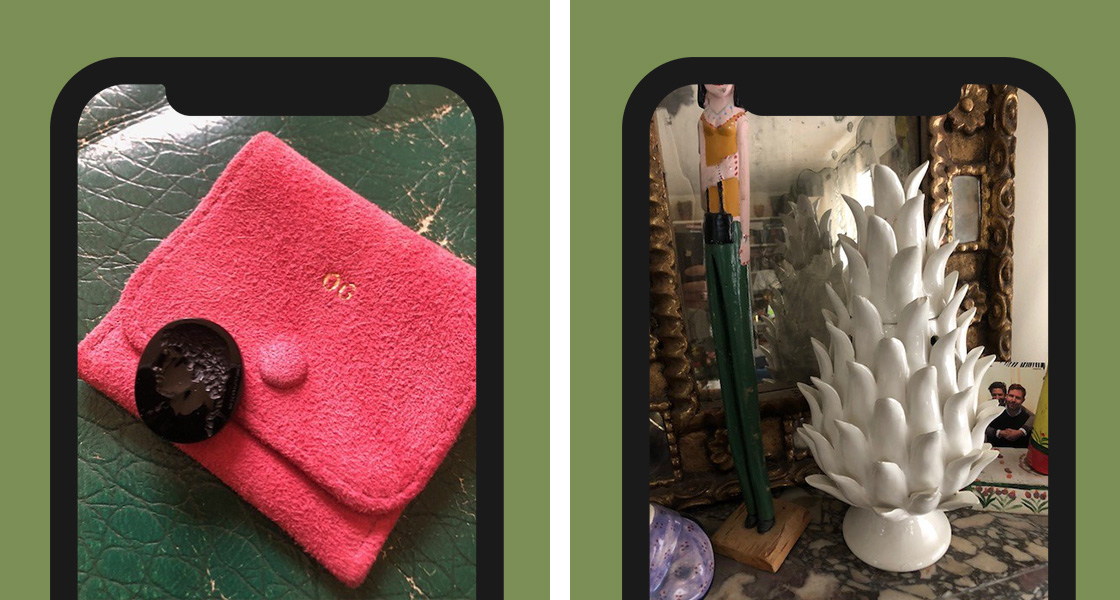Olivier Gabet
Published on 5 December 2020

Director of the Musée des Arts Décoratifs in Paris This curator and art historian is currently curating the Luxes exhibition that is set to re-open on 15th December. As the countdown begins, he takes time out to show us around his office...
Self-portrait. We invite professionals from the lifestyle, culture and communications world to snap six shots that sum up their story. Smartphone in hand, they have fun revealing all the little nothings around which their world revolves. It’s time to take a peek behind closed doors.
“It’s fair to say that I work all the time and in all kinds of places. In Paris, in the countryside, overseas. I’m one of those lucky people whose job is enhanced every hour of every day by an encounter, a book, a visit to an exhibition or a workshop, a trip, or even a simple stroll. I spend a lot of time in my office at the Musée des Arts Décoratifs on rue de Rivoli. My office is under the eaves, with a window overlooking the Jardin du Carrousel. The space isn’t exactly a blank canvas after seven years at the museum, and I’ve really made it my own (some may say a little too much…). There’s a Jean Prouvé desk that was in the storage room, a huge drawing by Benjamin Graindorge that belongs to me, and hundreds of books. Just like at home, actually, where books interact with objects, particularly since last spring when my home became another office space.”

Current crush
“I consider Shiro Kuramata (1934-1991) to be one of the leading designers of our time. I’m absolutely fascinated by him. Each of his objects, his items of furniture, are an ode to poetry and a uniquely inspiring celebration of irreducible originality. The affectionate bond he shared with Issey Miyake was truly special. I would have loved to meet him myself. This bud vase is as much a sculpture as a design piece. It never ceases to captivate me. To be honest, I rarely put a flower in it - it’s perfect just as it is.”
Useful object
“Futile object/useful object: for me, the two are interchangeable. I don’t believe any object is truly futile. The two objects I’ve chosen could actually belong in either of the two categories. They’re two objects that form part of my life, and that I cherish. I guess we could say that this Bear chair, designed by Pierre Yovanovitch, is my useful object. I spend hours sitting in it with a book. Reading is one of my favourite pastimes, combining work and pleasure, which are inextricably linked. I love the pieces Pierre designs, the respect and passion he has for outstanding artisans, his understanding of allure and comfort. Writing about him is an absolute pleasure!”

Futile object
“I don’t know whether you could really call this lamp futile, but Belle de jour from Ymer&Malta and Océane Delain is an expression of freedom, insouciance and loyalty, a veritable gem from the Akari Unfolded collection that was exhibited at the Noguchi museum in New York. In French, the word “futile” is particularly severe, conjuring up images of something that has little value, something insignificant. But the root word is the Latin word futilis, meaning “that cannot contain”, which is considerably more generous, more balanced, stronger. This lamp cannot contain light, poetry, beauty. It’s a futile object that nonetheless exudes respect and generosity.”

Good luck charm
“Is this little glass intaglio an amulet or a lucky charm? Who knows, but I frequently pop it into my pocket, if only to be able to admire its beauty over the course of a long day. This Antinous speaks volumes about culture and civilisation. One day, Joel Arthur Rosenthal, the amazing jeweller from JAR, and someone for whom I have endless admiration and affection, just slipped it into my pocket. A gift encouraging me to be myself.”
A souvenir
“A very dear friend gave me this Jean Roger piece, a ceramic tulip vase, for my 40th birthday. I love it more than anything in the world. It’s a one-of-a-kind, ageless, everlasting piece that is evocative of a certain post-war style and of objects that whisk us back to XVIIth century Holland. This piece has it all - beauty, simplicity, individuality.”